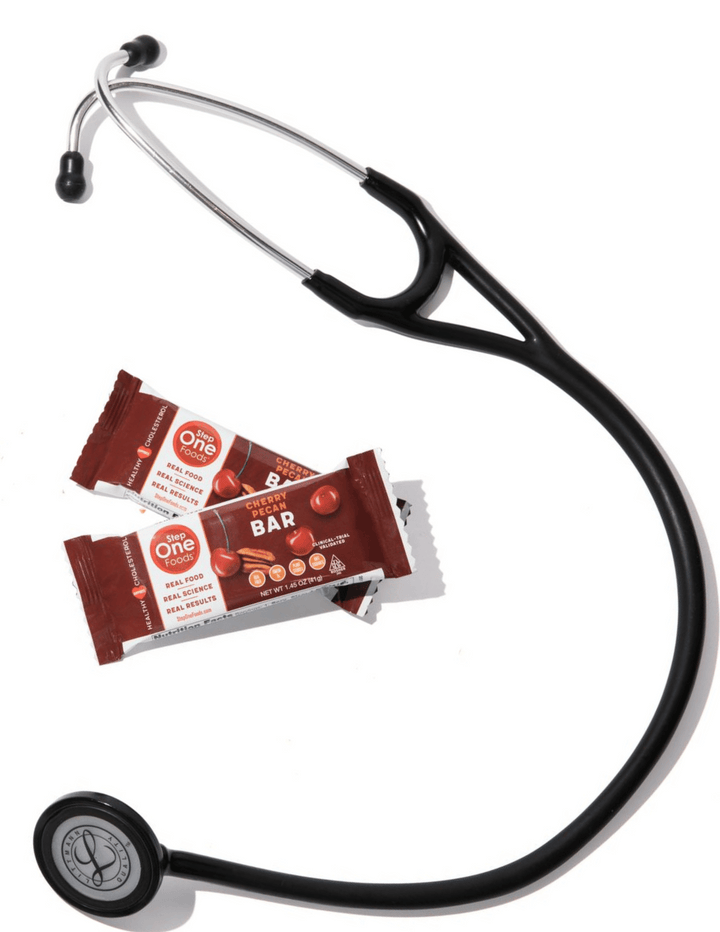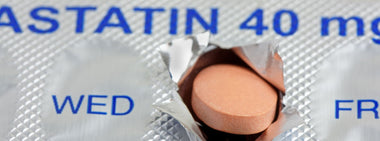Do we really need another medical sub-specialty?

In the most recent issue of the American Journal of Medicine, a commentary calls for establishing a new sub-specialty in medicine: Cardiometabolic Disease.
On the surface, it may seem like a great idea: After all, more and more Americans suffer from the inter-related health issues of obesity, high blood pressure, diabetes/prediabetes, and heart disease – collectively referred to as “cardiometabolic disease”. Currently, each of the components of cardiometabolic disease is typically managed by different physicians in the same patient – primary care for obesity and high blood pressure, endocrinology for diabetes/prediabetes, and cardiology for heart disease. But when a patient with all of those health issues is hospitalized for a heart attack or stroke, it’s not clear which doctor should be in charge. And that can lead to trouble. Remember what they say about too many cooks in the kitchen...
Putting one specifically trained physician in the driver’s seat makes a lot of sense: There’s a dizzying array of medications, symptoms and side effects to deal with.
But establishing a whole new sub-specialty to treat cardiometabolic disease also highlights a troubling trend in medicine: We seem to throw more and more resources at the effects of illness rather than addressing the root cause.
So what if we spent the same resources and attention on the underlying reasons instead?
Of the 120 million-plus Americans living with one or more components of cardiometabolic disease we know that at least 80% of the cases are preventable. And that the main difference between communities that experience low rates of cardiometabolic disease and those that experience high rates is the quality of their diets.
Here’s how I think we should tackle this:
All physicians should take extensive nutrition classes during their training. That might not seem revolutionary, but of the 80,000 hours of instruction I got to become a cardiologist, guess how many were spent on nutrition? Zero. Since I graduated, nutrition education has become a required component of medical training – all 25 hours of it. We can do MUCH better.
Once you have nutrition-educated doctors, diet will become part of the conversation of every visit, and that could solve much of the problem right there. When a patient comes in with a health complaint, the provider would be able to confidently consider treatments based on food and diet before writing a prescription for yet another medication. This shift in medical care could start emerging within a decade.
The more comprehensive answer is to bring back home economics for K-12 education. REAL home economics. Where children learn to cook from scratch, plan menus, acquire skills to preserve and even grow food, and develop a deep knowledge of nutrition and the health promoting properties of various ingredients. And over a couple of decades, we could actually get to an emerging adult population that is poised to experience 80% less cardiometabolic disease during their lifetimes.
I know what I propose is not easy and will take time. A LOT of time. But it is the ultimate and correct solution. Until then, Step One Foods is here to help.
I love using food as medicine for many reasons: Food usually has few side effects, is cost-effective (think of how many blueberries you could buy for the price of one month’s worth of Repatha!), and isn’t it more satisfying to crunch into a handful of walnuts (or our dark chocolate crunch bar) than it is to pop a handful of pills?
While I respect the opinions of my colleagues who are hoping to create this new sub-specialty, I must disagree with their premise. They write, “The epidemic of obesity, metabolic syndrome, and type 2 diabetes shows no sign of remission.” But we can’t throw up our hands and give up on preventing this highly solvable problem. We know how to end this epidemic without spending more time and money on board certifications. The answer? Change the food.

Tested & Proven Results.
- Cardiologist formulated
- Supported by over 500 publications
- Clinically-proven, in a double-blind randomized trial with Mayo Clinic and The University of Manitoba
80% of participants lowered their cholesterol in just 30 days. With just two servings per day, Step One Foods offers a proven-effective way to naturally lower LDL (bad) cholesterol.
Get heart health tips and articles like this, delivered right to your email.
New articles every week.
You may also like...

The Next Super Food: How Pecans Help Lower Cholesterol

You don’t need to avoid foods with cholesterol…except for these



